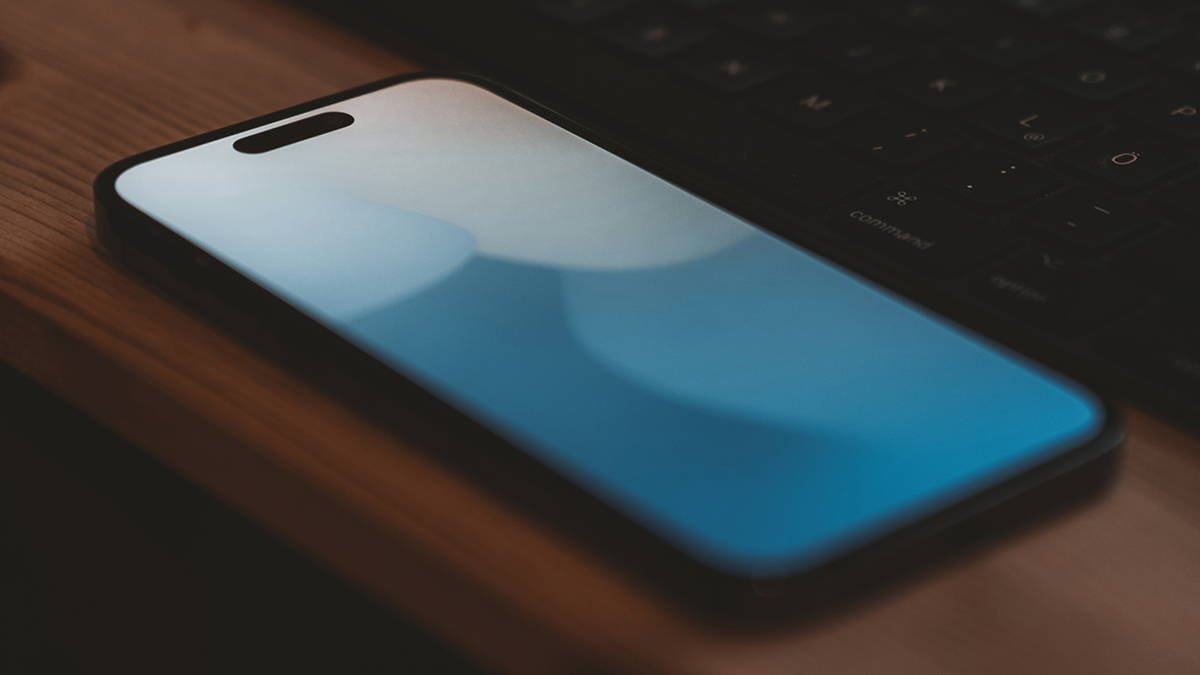If you ever wondered why isn’t there a black MacBook and you wish you had one, don’t give up hope. Apple has filed a patent detailing the problems with obtaining this color and how to solve them. An obstacle that other manufacturers have also encountered without being able to solve satisfactorily.
According to this patent, collected by 9to5Mac, Apple has found the answer. And he does it in the form of an anodizing film able to “catch” the light around her.
Black, a color very difficult to anodize without reflections

The chassis of portable electronic devices can include an anodizing layer which can be tinted in different colors to increase its cosmetic appeal to the consumer. However, some colors are much harder to find than others. In particular, attempts by manufacturers of consumer electronics to achieve true black color have failed.
In fact, the best attempts have only resulted in a dark gray color. One of the challenges in achieving a true black color is that the anodized metal can have a relatively glossy finish, which is capable of increasing the reflection of large amounts of visible light.
According to the patent, Apple found a way to avoid that shiny finish on anodizing. And it does this through a series of small holes created in the surface, generating a function that captures light. All “visible light” is absorbed there. This surface also diffuses a reflected light which is not trapped on it.
As a result, Apple describes a matte black color
A patent that reminds us of the iPhone 7 Jet Black

Of course, as described in the patent, it looks like Apple is referring to the Jet Black finish of the iPhone 7 launched in 2016. A very attractive shiny black color, although difficult to manufacture, which is why these models were only available from 128 GB.
It is very likely that Apple has experienced this anodization with MacBook, although it is not the same on a laptop. The Jet Black reflections are there and it wouldn’t be so comfortable to have them constantly while working on a computer.

The Jet Black finish was one of the flagship features of iPhone 7 and iPhone 7 Plus. Because the rear was all aluminum, the color extended beyond the frame like on current models. The following year, all iPhones had a glass back to allow wireless charging.
This color has not been without controversy. Apple had already warned during its purchase that it was possible that microabrasions appear in use, as they were more visible than in a usual matte finish. However, a year after having it in our hands, we found that although these abrasions were present, they were not observed daily.









